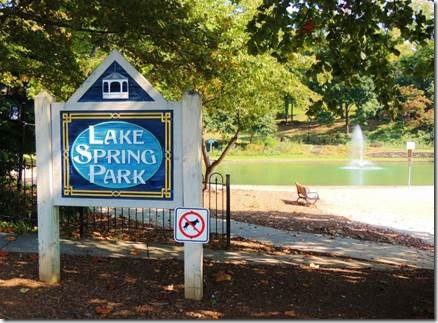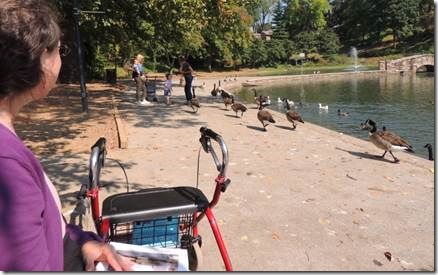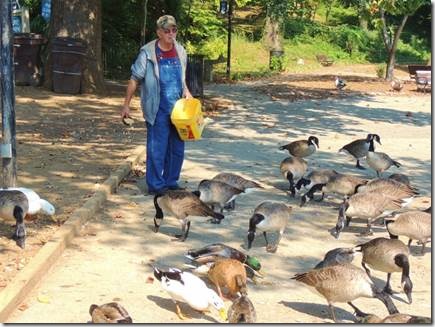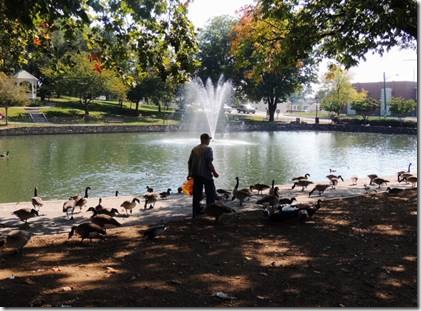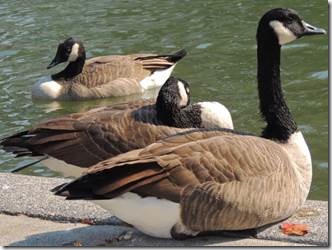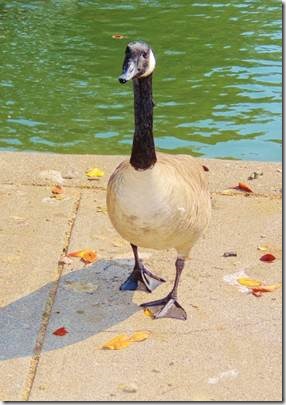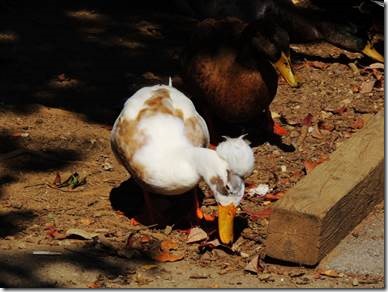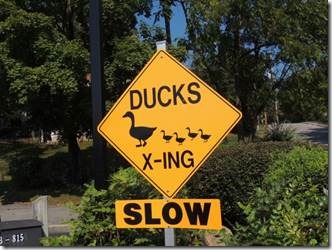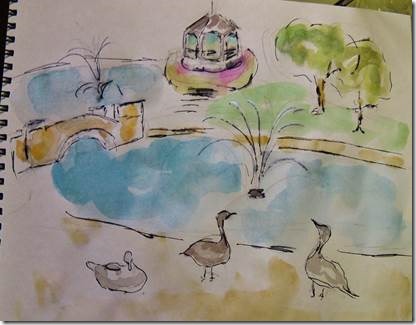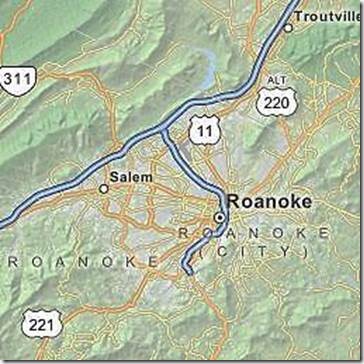Roanoke, VA USA
Hello,
Couldn’t type Y’all after hello. I guess after all these years spent away from Roanoke, I’ve lost most of the southernisms I picked up living here from September 1979 until we left for China in November of 2006. Around the world we often heard “you guys” which amazed me as that’s what we grew up with in New Bedford, MA. You guys were women as well as men which is why I thought y’all a much better description. But y’all no longer feels natural and “you all” isn’t quite right either though apparently grammatically correct from the tiny bit of research I just did. Hello sounds too bland and only one step away from Dear Sir/Madam, but will have to do for now. My mind goes strange places.
Last week I talked my friend Sarah into an “art outing.” Here’s the story.
Ru
DoraMac
Last Thursday, a beautiful fall morning, my friend Sarah and I went to the “duck pond” in Salem. We brought paper, pencils, paint, books to share and snacks. I did a little drawing; Sarah a little reading. But mostly we just enjoyed the morning and the antics of the Canada Geese and ducks. They’re all so tame that it took will power for me not to try patting their heads. Geese bite! There were so many geese that I wasn’t tempted to buy bread at the convenience store across the road. It would have been chaos trying to make bits to share with all of them. And I have read that bread really isn’t great for water birds. (See second article below.)
While we were there a truck pulled into one of the parking spaces and a man got out with a huge bucket of corn. In no time all of the geese and ducks came walking past us or racing across the pond using their webbed feet like water skis to brake before they crashed into the stone wall. Then they hopped out of the pond and waddled over to help themselves to the corn. There was enough for all of them to eat their fill and then return to whatever they’d been doing before the “corn man” arrived.
|
Geese in search of hand-outs from these visitors, but no luck there either. |
|
Sarah |
|
“Corn man” comes every day. He told me the birds prefer his corn to the officially provided Salem Parks & Rec corn. |
|
He also feeds the birds at Green Hill Park footing the bill himself |
|
They can twist their necks and heads any which way but when they look you in the eye you feel as if you could start up a conversation. |
|
A white-crested drake, I think as most photos on the web show them being completely white |
|
My version of the duck pond. |
After our visit I thought I’d look up something about the park just as I have with places around the world we visit. I certainly learned lots I didn’t know. Somewhere I have a history of Roanoke I’ve never read and I’ve also not visited the Salem History Museum so must do that while we are home. Though our home will be in the Catawba district of Roanoke County, we will live much closer to ‘downtown’ Salem than ‘downtown Roanoke City.’ Roanoke County has no center. Though geographically linked they are all separate political entities.
I learned that Lake Spring Park was once a hotel and spa linked to another hotel and spa across Catawba Mountain. From my bicycle riding days I know the Catawba Valley quite well so found it all very interesting.
A few miles west of the Salem marker on Main Street is Lake Spring Park. Roanoke Red Sulphur Springs is in the valley between the two mountain ranges. To get to McAfee’s Knob you hike up from top of 311 onto the first row of mountains overlooking the water of Carvins Cove. (Hiking up to McAfee’s Knob was for many years a pre-Thanksgiving dinner hike for Randal, my nephew Andrew and me.)
From the Salem Museum Website:
Local Spas Cured Ailments Galore
By Lon Savage
The old Lake Spring Hotel, situated a century ago in Salem’s present-day Lake Spring Park, once figured in a health resort arrangement with the Roanoke Red Sulphur Springs across the mountain at Catawba — an arrangement that some thought would make Catawba "the Baden-Baden of America."
It was a two-hotel venture owned and managed in the late 1800s by one of Salem’s all-time great entrepreneurs, F. J. (for Flavius Josephus) "Joe" Chapman of an old Salem family, son of a hotel keeper, father of a hotel keeper, and a hotel keeper par excellence, himself. Visitors from throughout the South and Mid-Atlantic traveled to Salem to enjoy the Lake Spring Hotel, then to travel by stage over the Catawba Mountain to the "Roanoke Red," where they took waters that promised to cure just about every ailment known to man or woman. (For many years both my sister and I lived on route 311, the road that takes you to and over Catawba Mountain. And as a member of the Blue Ridge Bike Club I’ve biked over that mountain and past the entrance to what was Roanoke Red but is now Catawba Hospital.)
Dr. Joseph A. Gale, who later was to become a founder of Lewis-Gale Hospital, described the Red Sulphur water as "a valuable and efficient remedy" in the treatment of the following ailments: "skin diseases, the early stages of consumption, and pulmonary affections generally; in dyspepsia, general debility, nervous prostration, and vascular excitement. Experience has proven it to be invaluable in diseases peculiar to females, and disordered conditions of the nervous system resulting therefrom."
And a Dr. Mattur added that the waters were "eminently beneficial" in treatment of "womb affections and diseases of the genito-urinary organs of both sexes, dyspepsia, neuralgia, debility supervening upon acute diseases, especially febrile affections; chronic intermitttants, chronic rheumatism, gout and dropsy, the cahexia of scrofula, syphilis and mercury, and some of the diseases of the skin and bone."
And Dr. E. G. Walls of Baltimore predicted in 1884 that "as soon as the Red is a little more accessible, it will be the Baden-Baden of America."
The people who flocked to The Red enthusiastically agreed, reporting cures of all manner of ailments, with reports like this one from Gale W. Sparks of Parish of Pointe Couper, LA, in 1886:
"When I left Louisiana in June, I was suffering from a complication of heart, liver and kidney troubles. It was with the greatest difficulty I could walk two hundred yards…My appetite and digestion were gone…I had been under the treatment of some of the ablest physicians of New Orleans for two years or more…without benefit." "As a last resort," he came to Red Sulphur. "After a sojourn of three weeks, I came away a changed man; my appetite was completely restored…[I] could run and romp like a boy. In fact, I am satisfied I owe my life to Roanoke Red."
Such testimonials were not unusual. It is estimated as many as 500 tourists visited Chapman’s two establishments each summer — most of them staying at least several weeks and many for the entire summer. Guests came from an area stretching from Pennsylvania to Texas, and especially from the Gulf states where yellow fever epidemics flared. Scores told of the marvelous cures they found to their ailments. Chapman and his son and partner J. Harry Chapman published more than 100 testimonials to the quality of their water and service, written by both satisfied customers and doctors.
Five of Salem’s most prominent leaders were directors when The Roanoke Red Sulphur Springs Company was chartered in 1857: George Shanks. Abraham Hupp, William Walton, Green B. Board and David C. Shanks. They bought 700 acres in the Catawba Valley and invested $50,000. By 1858 a hotel was ready, and by 1860 it was leased to Chapman. He was the son of H. H. Chapman who owned the Salem Hotel.
The Civil War disrupted the venture, and it was in the 1870s before it really got going again. By this time, Joe’s son, J. Harry Chapman, was helping him manage things, and they purchased the Red. From then on, both father and son made the enterprise go.
In 1876, Chapman saw an opportunity to build the Lake Spring Hotel just west of Salem. Always the astute businessman, he managed to make the hotel a companion project to the opening of Salem’s first water system, winning an $11,167 contract for the water system. Grading of the lakes as a reservoir for the water system went on that spring of 1876 at the same time the Lake Spring Hotel rose 75 yards to the east. The hotel opened in July and the water system was accepted in December.
It was a time when everyone talked of the magic of voices traveling over wires, and Chapman took advantage of that situation, too. In 1877. with his usual foresight, he connected his hotels (he also owned the Lucerne in downtown Salem) by telephone and telegraph — some nine years ahead of the next franchise for a phone line. The phone connection appeared prominently in his advertising thereafter.
Room and board at the Lake Spring cost $25 to $40 a month in 1889; $30 to $40 for four weeks at the Red, with special rates for families. The Chapmans also shipped their healing waters over much of the country at $4 per case of 12 half-gallon jugs, or $5 for a ten-gallon carboy, on railcars at Salem.
The Roanoke Red Sulphur Springs resort was kept in continuous operation from 1876 until its sale after F. J. Chapman’s death in 1894. His sons sold it in 1908 to the Commonwealth of Virginia (deed shows $18,774 paid in cash) and it became the location of the Catawba Sanatorium, for tubercular patients. Today it is the site of Catawba Hospital.
The Lake Spring operated from 1876 until the night of June 16, 1892, when it burned to the ground as a ball celebrating the hotel’s summer opening broke up about 2:15 a.m. Departing guests in tuxedos joined citizen volunteers in a bucket brigade, and firemen used their hose to pour water on the cottages. The hotel was never rebuilt.
But while the two hotels lasted, they were enormously successful. The waters were key to the success, but of almost equal importance, the Chapmans made sure their guests enjoyed themselves.
Chapman’s carriages met every train at the Salem Depot, taking guests first to the nearby Lake Spring Hotel which overlooked three natural cold water lakes encompassing a three-acre plot. A small bandstand stood in the center of one lake where Italian string bands serenaded guests paddling in boats beneath overhanging willows. The hotel also offered the mineral waters, along with horseback riding, fishing (in either lake or river), hunting, croquet, nightly dances, and, biggest of all, a jousting tournament, in which knights riding horseback and carrying lances attempted to spear rings strung out for about 80 feet, followed by the "Coronation Ball". The knight who speared the most rings in the tournament won the honor of crowning "the Lady of the Lake" and was featured, with her, at the ball.
At the top of the mountain, the driver usually stopped to allow guests to admire the breathtaking view and also to regain their composure from the harrowing ride, before starting the last leg of the ten mile trip. George Braden of Louisville, Ky., wrote in 1886 about the trip: "Its very roughness added immensely to the enjoyment of my summer vacation."
Once at the Red, guests chose from still more activities: horseback riding, croquet, ten-pins, billiards and bowling, checkers parties, the usual bands and dancing; trout fishing, hunting, hot and cold sulphur bath rooms, and walks and other excursions into the surrounding country. One of the favorites was to 4,200 foot high McAfee’s Knob, five miles away, described by one visitor as "one of the most magnificent pieces of scenery in America." Standing atop the table rocks on the knob, he looked outward and exulted as "Hundreds of square miles, tinged with the crimson purple and gold of the approaching autumnal sun, unbosomed themselves before us." (I’ve hiked up McAfee’s Knob dozens of times and, for a while, it became our pre-Thanksgiving dinner hike for Randal, my nephew Andrew, and me.)
…….
http://www.salemmuseum.org/guide_archives/HSV4N2.aspx
The article continues with testimonials to the efficacy of the water’s cures. Also there are huzzahs to the guests themselves.
The next article bemoans the messes made by the Canada Geese and the cost to Salem for cleaning up that mess. You know you live in a very safe part of the world when the local government can devote time to solving the problem of geese poop in the park. I’m not actually making light of that; not really. All of our travel has made me appreciate the relative peace and security we have in America. It truly is what most people of the world want for themselves and their children.
Page 9 – SalemMagazineFall2014-web
Inside City Hall
Kevin’s Corner
Kevin Boggess – City Manager
For residents and visitors entering the downtown corridor from the west, Lake Spring Park is often the first city landmark that catches their attention. It has been a popular attraction dating back to the late 1800s when the area was home to the once popular Lake Spring Hotel.
Lately, the park has been home to some not-so-hospitable guests, who are taking advantage of the plush accommodations on the corner of West Main and 4th Street. Simply put, the ducks and geese that are supposed to compliment the lake are running amuck and refusing to clean-up after themselves.
The problem is two-fold. The ducks are being fed too much of the wrong kind of food too often and their bathroom habits are causing the Street Department to spend way too much time cleaning up their mess.
For months, city officials have been studying the situation and looking for long term solutions to the problem beyond a daily power washing. We all want children, parents and visitors to be able to enjoy the park and the ducks, but in the proper mixture. Recently, members of the Street Department traveled with me to Staunton’s Gypsy Hill Park. The folks in Staunton have a municipal duck pond very similar to the one we have in Salem, but what they don’t have are problems with overfeeding and duck feces
covering their sidewalks. Staunton Parks and Recreation Department Director Chris Tuttle actually traveled to Salem and gave us his assessment of Lake Spring’s current situation before we headed up to Augusta County. Before Tuttle had even made it halfway around our facility, he suggested that we create defined areas for the ducks. The idea of “giving them a home” sounded like something that was way too simple of a solution. But once we actually saw how Staunton’s addition of fencing around an entire pond and the creation of “landing” areas at the pond to keep the ducks contained, we were sold.
Right now, we are looking at not only the addition of fencing, but also signage that will better educate the public on why no one should feed the ducks bread, French fries, donuts or other foods that lack nutritional value. To that end, Staunton has had great success with duck food dispensing machines. Money generated from the sale of the food is used to feed the ducks every morning. Lake Spring Park has been the site of hundreds of wedding photos, prom pictures and to this day it is easily the most
photographed place in the city. All of us want to make sure it remains that way for years to come. That likely means we will have to embrace some changes to the park that all of us hope will be huge
improvements in the long run.
http://g2c.salemva.gov/magazine/fall2014/files/assets/basic-html/page9.html

